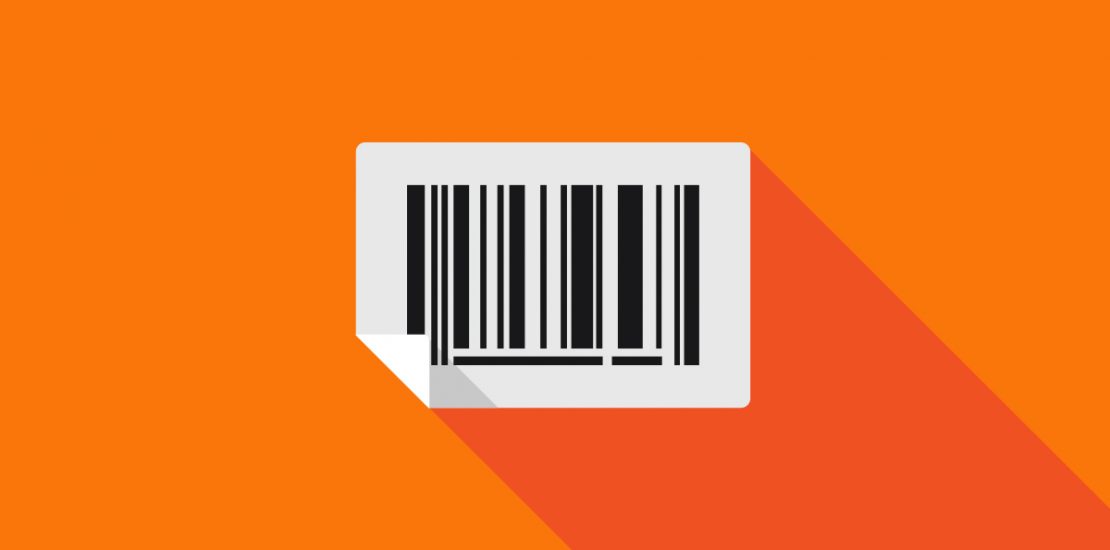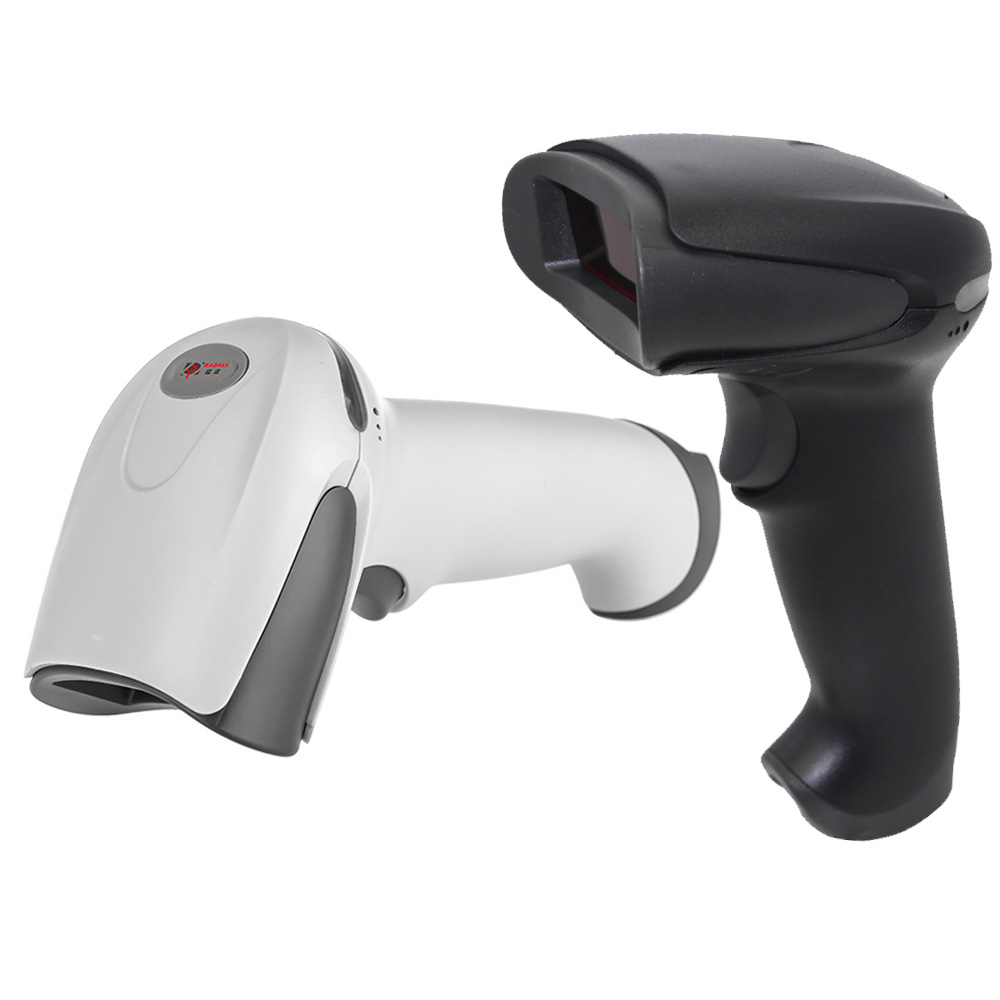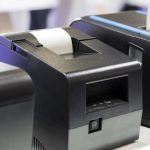- July 5, 2020
- Posted by: simba001
- Category: General

For people new to operating a retail store and managing inventory, it can be difficult to understand how barcodes work and what purpose they serve.
That’s what we’re going to clear up for you in this post. Learn what they are, the differences between them, what purpose they serve and their benefits.
What is a barcode?
A barcode is an image that consists of a series of parallel black and white bars that can be read by a barcode scanner. Barcodes are applied to products to quickly identify them. Among their many uses, barcodes are typically used in retail stores as a part of the purchasing process, in warehouses to track and manage inventory and on invoices to help with accounting.
What is a barcode scanner?
A barcode scanner (also referred to as a barcode reader) is a device that captures and decodes the information contained by a barcode. Traditional barcode scanners consist of the following four components:
 >>>Light source: This helps the barcode read and accurately decode the information contained in a barcode.
>>>Light source: This helps the barcode read and accurately decode the information contained in a barcode.
>>>Lens: This scans the barcode.
>>>Photoconductor: This translates optical impulses into electrical ones.
>>>Decoder: This analyzes the barcode’s data and sends it to the scanner’s output port.
After capturing the information, barcode scanners link to a host computer or tablet and transmit that information in real-time, without additional human intervention. This helps retailers automate data collection processes and reduce human errors like inventory tracking and processing point of sale transactions.
How do barcodes work?
In a nutshell, a barcode is a way to encode information into a visual pattern (those black lines and white spaces) that a machine (a barcode scanner) can read.
The combination of black and white bars (also referred to as elements) represents varying text characters that follow a pre-established algorithm for that barcode (more on the types of barcodes later). A barcode scanner will read this pattern of black and white bars and translate them into a line of test that your retail point of sale system can understand.
Types of barcodes
There are two types of barcodes: 1-dimensional (1D) and 2-dimensional (2D).
1-dimensional (1D) barcodes
1D barcodes are a series of black and white bars that can store information like a product’s type, size and color. You can find 1D barcodes on the top of universal product codes (UPCs) of a product’s packaging. This helps track packages through package delivery service providers.
2-dimensional (2D) barcodes
2D barcodes are more complex than 1D barcodes. They can include more information than just text, like price, inventory levels and even a product image. There are plenty of barcode scanners that support 2D barcodes. While not all barcode scanners can read 2D barcodes, SimbaPOS Retail POS is compatible with several wireless barcode scanners that support 2D barcodes.
The benefits of using barcodes
After learning on How Do Barcodes Work, we can now evaluate the benefits of using barcodes. While barcodes were originally developed to speed up the sales and transaction process when using a POS System, they come with several other benefits.
Improved accuracy
Using a barcode to process a product’s data is much more accurate than having a sales associate manually enter that data, which is prone to human error.
Real-time data
Because of the speed at which the information is processed, data about inventory levels or sales is available immediately.
Reduced training requirements
Thanks to a barcode scanner’s ease of use (just point and click), employees don’t need much training on how to use one.
Better inventory management
With improved accuracy and real-time data, retailers benefit from faster cycle counts and more accurate inventory turnover estimations.
Low cost of implementation
Generating barcodes is quick and simple, plus, the potential savings thanks to improved transaction speed, as well as the improved accuracy of inventory and sales data, retailers can anticipate savings post-implementation.





